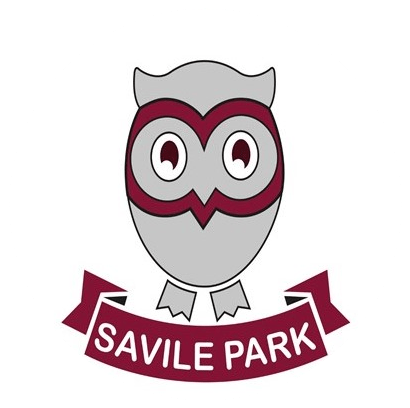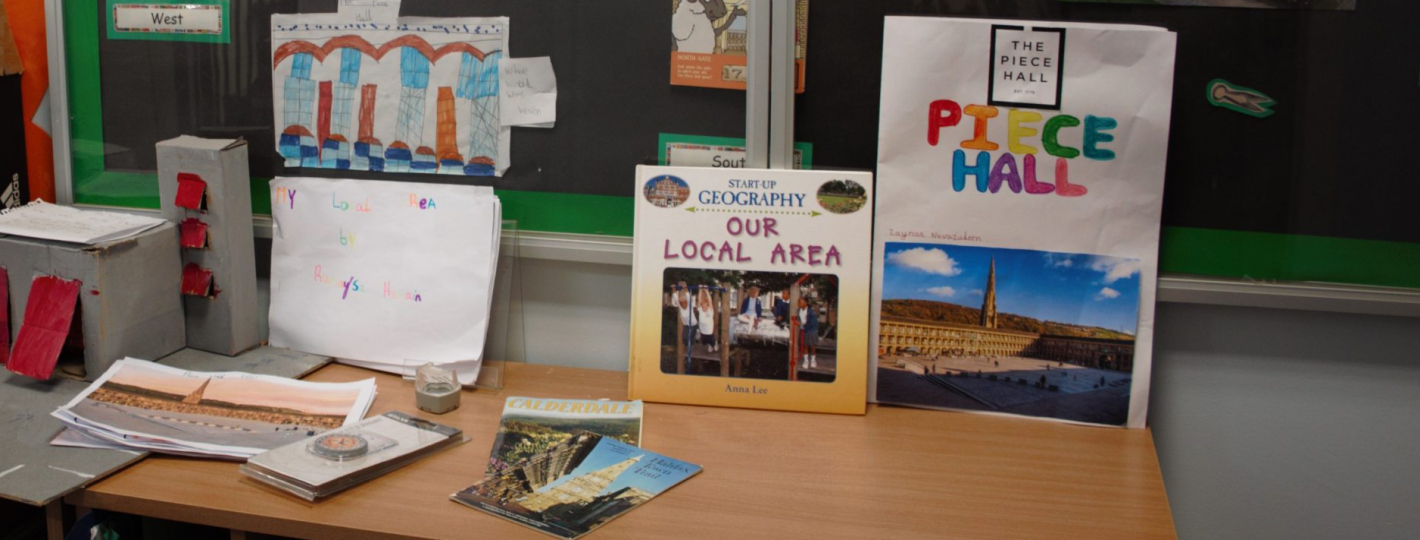Geography
Geography has developed from factual learning and is now a brilliant way of developing young children’s natural fascination for the world around them. Rather than long lists of dry and boring facts, today’s primary school project-based approach breathes life into geography that will remain with children for the rest of their lives. Geography also involves many transferable skills, such as research, observation, measurement, recording and presentation.
Geography progression of skills
Very simply, geography is about understanding the world by: comparing locations; investigating; researching different sources; writing and talking about places; asking and answering questions.
Early Years Foundation Stage
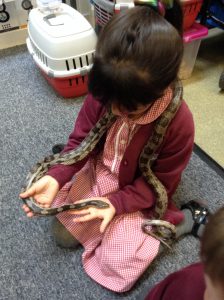
It may seem strange to think about your 4 or 5 year old child as a geographer. However, the years from birth to age five provide a first opportunity to see how your child interacts with their environment — and how the environment influences them. The early learning goals at EYFS aim to guide your child onto make sense of their physical world and their community by exploring, observing, and finding out about people, places, technology and the environment. They are able to make comparisons between where they live and other places and understand basic weather patterns.
Key Stage One
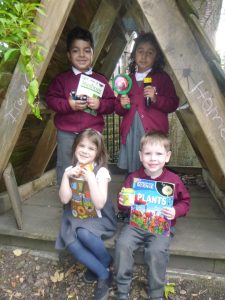
In Years 1 and 2, your child will be asked to begin to develop a geographical vocabulary by learning about where they live, as well as one other small area of the United Kingdom and a small area in a contrasting non-European country. They will learn about weather patterns in the United Kingdom and hot and cold areas of the world. They will use ICT, world maps, atlases and globes, simple compass directions, aerial photographs and plans, as well as simple fieldwork and observational skills.
Key Stage Two
In Years 3 to 6, the geography curriculum retains some flexibility, and builds and expands on previous knowledge. There are three focus areas:
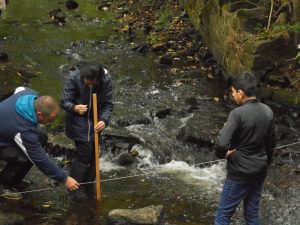
- Locational knowledge
- Place knowledge
- Human and physical geography
Locational knowledge will allow your child to use maps to focus on Europe, North and South America, concentrating on regions, key physical / human characteristics, countries, and major cities. They will also work on locating the counties and cities of the United Kingdom, and start to explore their human and physical characteristics. They will also look at time zones and the significance of the equator, tropics of Cancer and Capricorn and latitude and longitude.
Children also examine geographical similarities and differences by comparing the geography of a region of the United Kingdom with a region in a European country, and with a region in either North or South America. This is part of the place knowledge aspect of the curriculum.
For human and physical geography, your child will be taught to describe and understand key aspects of geography, for example: climate zones, rivers, mountains, volcanoes, earthquakes, the water cycle, types of settlement, economic activity and the distribution of natural resources.
Many field work opportunities take place in the local and surrounding areas including a river study at Marsden, a trip to the seaside and local area walks.
How can I support my child with geography?
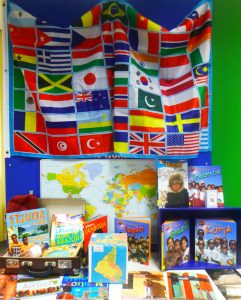
The curriculum content may appear daunting, but don’t panic — you are already an accomplished geographer! Your daily life constantly provides you with rich geographical experiences, information and understanding. You think and act geographically, often without realising it. It comes naturally … as you navigate your way around your home and neighbourhood; as you make sense of local and world news; as you respond to the weather forecast, as you decide on a holiday location and how to get there.
When out and about in your local area, you can help your child geographically by chatting about local physical features, attractions and activities. You might even like to develop this idea by asking them to provide a tourist guide for their local area for visiting relatives.
On a journey, you can share the road map or map phone app with your child so they can follow the route while you talk about where you are going. Alternatively, ask them to draw a map of their journey to school or the local shop, including any natural or man-made features along the way.
Holidays are an ideal opportunity to compare the location with their home area — you might ask your child to talk through five similarities and differences, for example. Holidays also provide an opportunity for a museum visit or a trip to a tourist attraction.
Closer to home, use anything at your disposal! Magazines, TV, films and even some computer games can provide your child with a view of distant places. They enable your child to be transported instantly to another place. Prompt their thinking with questions, such as: What might the weather be like in this place? Why might the road have been built where it is? The list of questions is endless and will lead to all sorts of discussions which will really help to develop curiosity about, and understanding of, the world.
